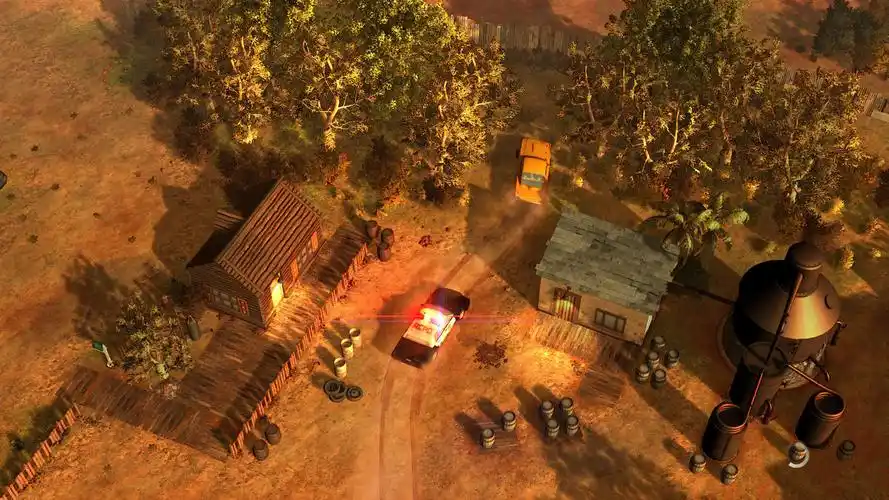Title: The Elusive Dragon: Unpacking the Rarity of Dragon Fruit in Gaming Ecosystems
In the vast, interconnected worlds of video games, from sprawling RPGs to casual mobile titles, resource scarcity is a fundamental mechanic driving engagement, narrative, and player economy. Among the myriad of herbs, ores, and mystical artifacts that players are tasked to collect, one item stands out for its paradoxical nature: the dragon fruit. This vibrant, scaly-skinned real-world fruit appears across numerous genres, yet it is almost universally coded as a rare, powerful, or prestigious commodity. Its digital rarity is a fascinating construct, a deliberate design choice that leverages its real-world exoticism and mythological namesake to create specific player experiences. Understanding why dragon fruit is so often relegated to the highest shelves of virtual marketplaces requires an exploration of botany, game design theory, and cultural symbolism.
The foundation of its in-game value is built upon its real-world perception. Unlike common apples or berries, dragon fruit (genus Hylocereus) is not a staple fruit in Western markets. Its origin in Central and South America and its prominence in Southeast Asian cuisine mark it as an exotic import. For many players, it is an unfamiliar, almost alien-looking food—a bright pink or yellow orb with green scales and a speckled, white or magenta interior. This inherent exoticism provides game developers with a ready-made symbol of rarity. A player instinctively understands that finding an apple tree in a fantasy forest is probable, but stumbling upon a dragon fruit cactus is an event. Developers don’t need to build extensive lore to explain its scarcity; its real-world status does the heavy lifting, immediately signaling to the player that this is no ordinary resource.
This exoticism is powerfully compounded by its name. The word “dragon” is one of the most potent modifiers in a game designer’s lexicon. It instantly evokes concepts of immense power, ancient magic, formidable challenge, and immense value. In games like Rune Factory or the Story of Seasons series, dragon fruit is often a high-tier crop that requires significant effort to cultivate and sells for a premium. Its name creates an expectation: a fruit associated with dragons must be powerful. Therefore, it is logically assigned potent effects. In countless RPGs and gacha games, such as Genshin Impact (which features its own version called “Valberry” or similar rare fruits) or Monster Hunter-inspired titles, dragon fruit or its equivalents are frequently used as alchemical components for high-level potions, elixirs that fully restore health and mana, or even permanent stat-boosting items. Its rarity is justified by its utility; such a powerful effect cannot be commonplace without breaking the game’s balance.

This balance is a cornerstone of game design. Economies, both literal and progression-based, require scarcity to function. If every player could easily acquire the best healing items or most valuable crafting materials, there would be no challenge, no incentive to explore dangerous areas, and no player-driven market value. Dragon fruit is perfectly suited to be a bottleneck resource. It becomes a reward for overcoming significant obstacles. Perhaps it only grows in a high-level zone teeming with powerful monsters, on the back of a dormant dragon, as seen in games like World of Warcraft where certain rare herbs are found in specific, dangerous biomes. Perhaps it is a rare drop from a formidable boss, like a dragon itself, tying the acquisition directly to its namesake. In mobile games like Animal Crossing: Pocket Camp, it appears as a rare item from a specific fruit tree, encouraging social interaction and trading between players. This designed scarcity creates meaningful goals. The quest for dragon fruit becomes a mini-narrative in itself, a testament to a player’s dedication and skill.
Furthermore, the visual and thematic design of the fruit lends itself perfectly to digital representation. Its striking pink and green color palette makes it highly visible against typical green and brown game environments, making the moment of discovery satisfying. However, this visibility can be cleverly subverted by designers to increase the challenge; it might be placed in a dimly lit cave or high on a cliff face, requiring puzzle-solving to reach. Thematically, it fits seamlessly into a wide array of settings. Its organic, otherworldly look feels at home in both high-fantasy worlds and sci-fi settings, where it can be re-skinned as an “alien fruit” or “exotic genome” without losing its core identity as a rare find.
The phenomenon also highlights a interesting divergence from reality. While still a specialty crop, dragon fruit cultivation has expanded globally, making it more accessible in real life than in many digital worlds. This inversion is purposeful. The game world is not meant to mirror reality perfectly; it is meant to be a curated experience. The digital dragon fruit is an idealization, a mythologized version of its real counterpart. It represents not just a fruit, but an idea: the reward for adventure, the ingredient for ultimate power, the symbol of luxury and status.
In conclusion, the pervasive rarity of dragon fruit in games is no accident. It is the result of a powerful confluence of factors: its genuine exoticism in Western culture, the potent mythological weight of its name, and its crucial role in maintaining game balance and driving player engagement. It serves as a versatile tool for designers to gate high-level content, create valuable economic commodities, and reward exploration and combat prowess. The next time you see that familiar pink husk glowing in a dark dungeon or listed for an exorbitant price in a virtual marketplace, recognize it for what it is—a meticulously designed artifact, a tiny piece of a larger system working to make the digital world feel vast, challenging, and wondrous. It is the ultimate testament to how games reframe the ordinary, and the exotic, into instruments of play.














